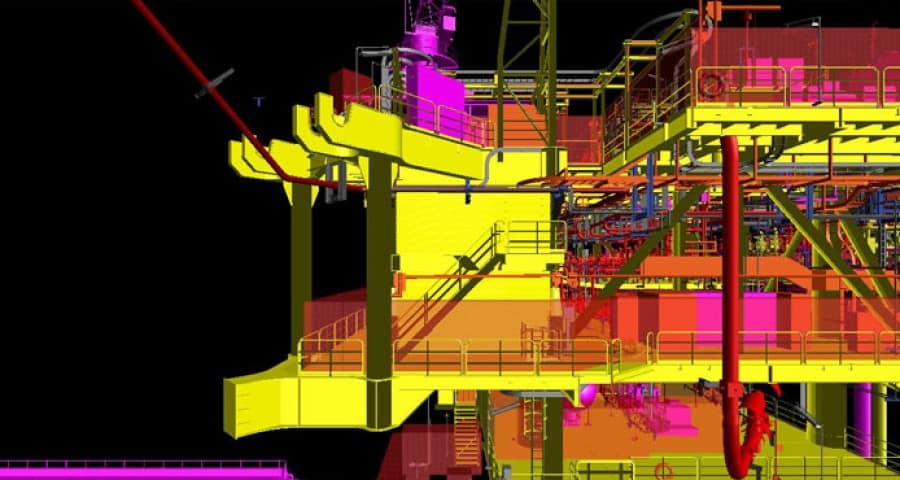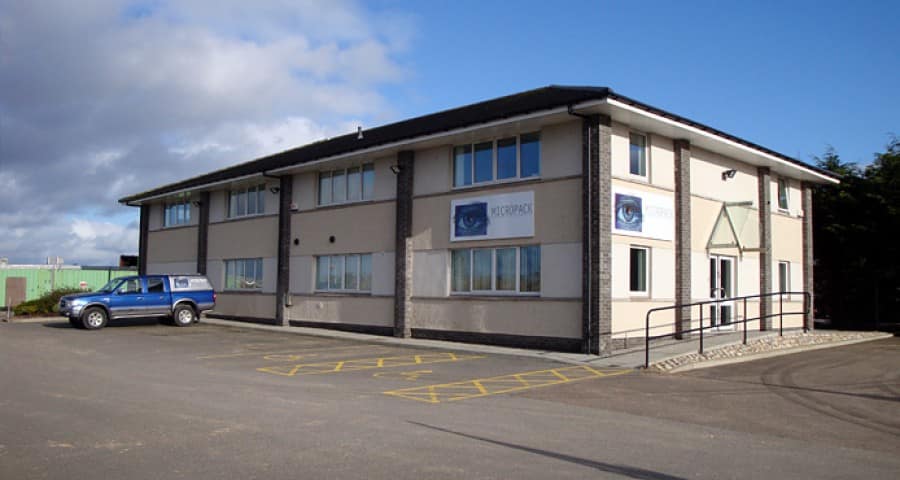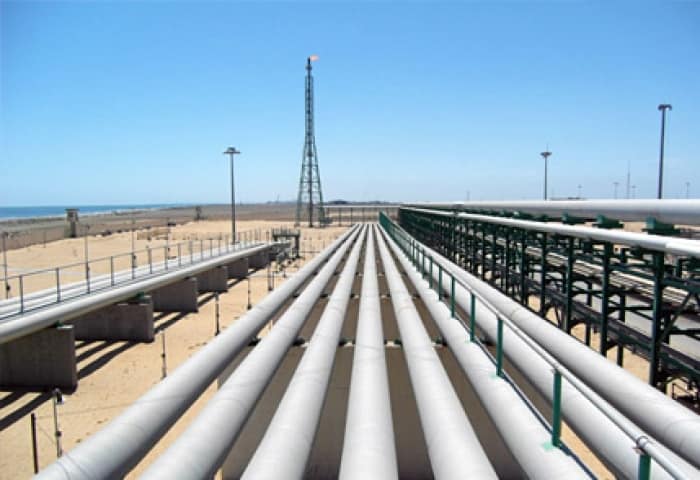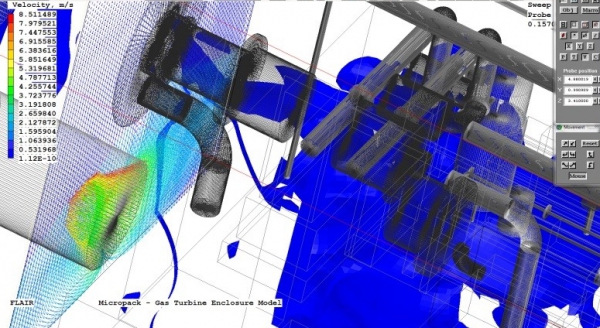Computational Fluid Dynamics Modelling - CFD
MICROPACK fluid and fire dynamics engineers use a range of computer models to solve complex flow problems depending upon the goal of the specific project.
Environments of interest can be simulated and studied with a wide range of applications which include building design, HVAC design, sub and supersonic transportation flow, combustion physics or the impact of environmental conditions on various applications, for example how wind impacts upon natural gas movement in congested areas or tidal flow.
In relation to oil and gas the software can be used to model a wide variety of events including LPG dispersions, momentum-driven gas leaks, buoyancy-driven gas migration, turbine enclosure modelling (to determine heat flow/gas leaks within the enclosure and the effectiveness of the ventilation/dilution system) as well as gas ingress in HVAC applications and combustion models where the potential consequence or impact of a fire event is of interest.
The benefits of CFD modelling have been acknowledged previously and the technique was pivotal in producing the findings for example, which led to the requirement to space gas detectors in HVAC applications to detect non-uniform distributions of gas.
Examples of the types of scenarios that could be modelled are detailed below:
The pressure differentials that drive air/gas flows are analysed in order to determine the characteristics of the specific case and learn more about each problem area.
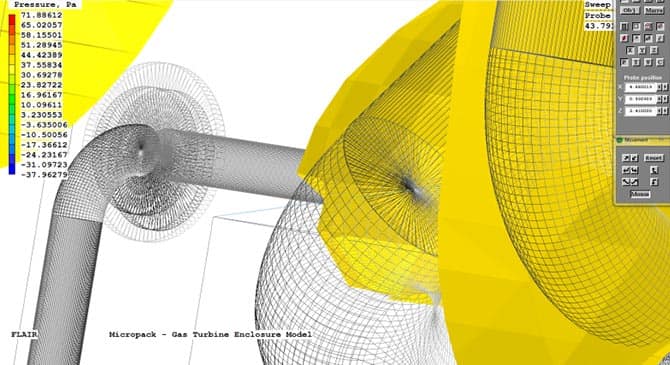
Both local heat (energy) sources and the physical nature of the environment can be scrutinised in order to determine the most effective way to address or control ventilation/gas dispersion scenarios.
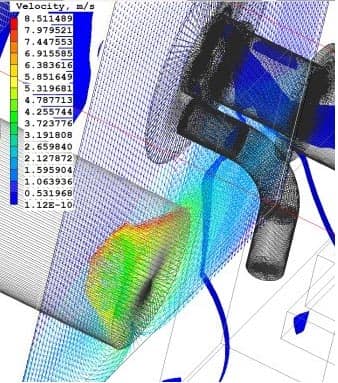
A high level of detail can be represented in the model build and will subsequently be refined and relaxed in order to achieve an optimum balance between visual representation and computational accuracy.
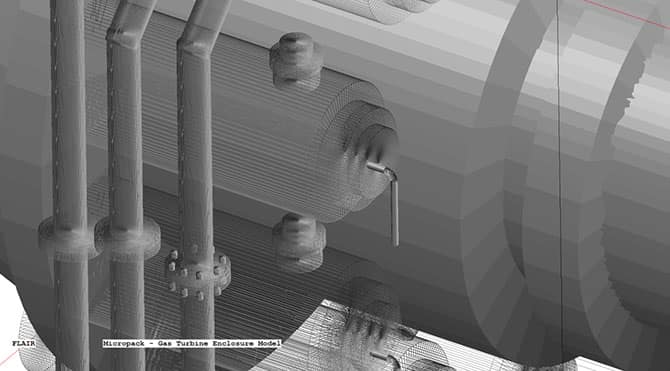
Air flow velocity and gas dispersion can be modelled in order to design the most effective detection system and highlight deficient areas of current enclosure/detection system design.
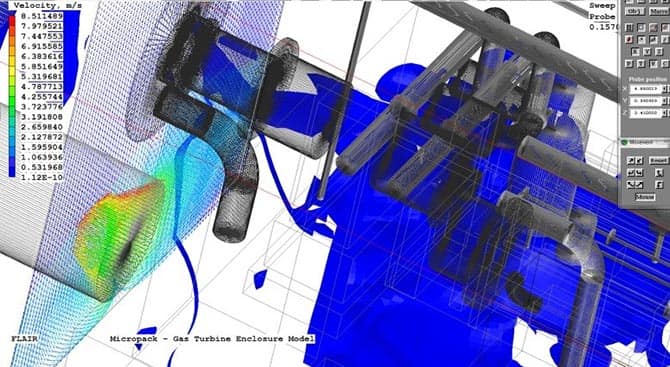
For further information please do not hesitate to contact a member of our consultancy team today.
